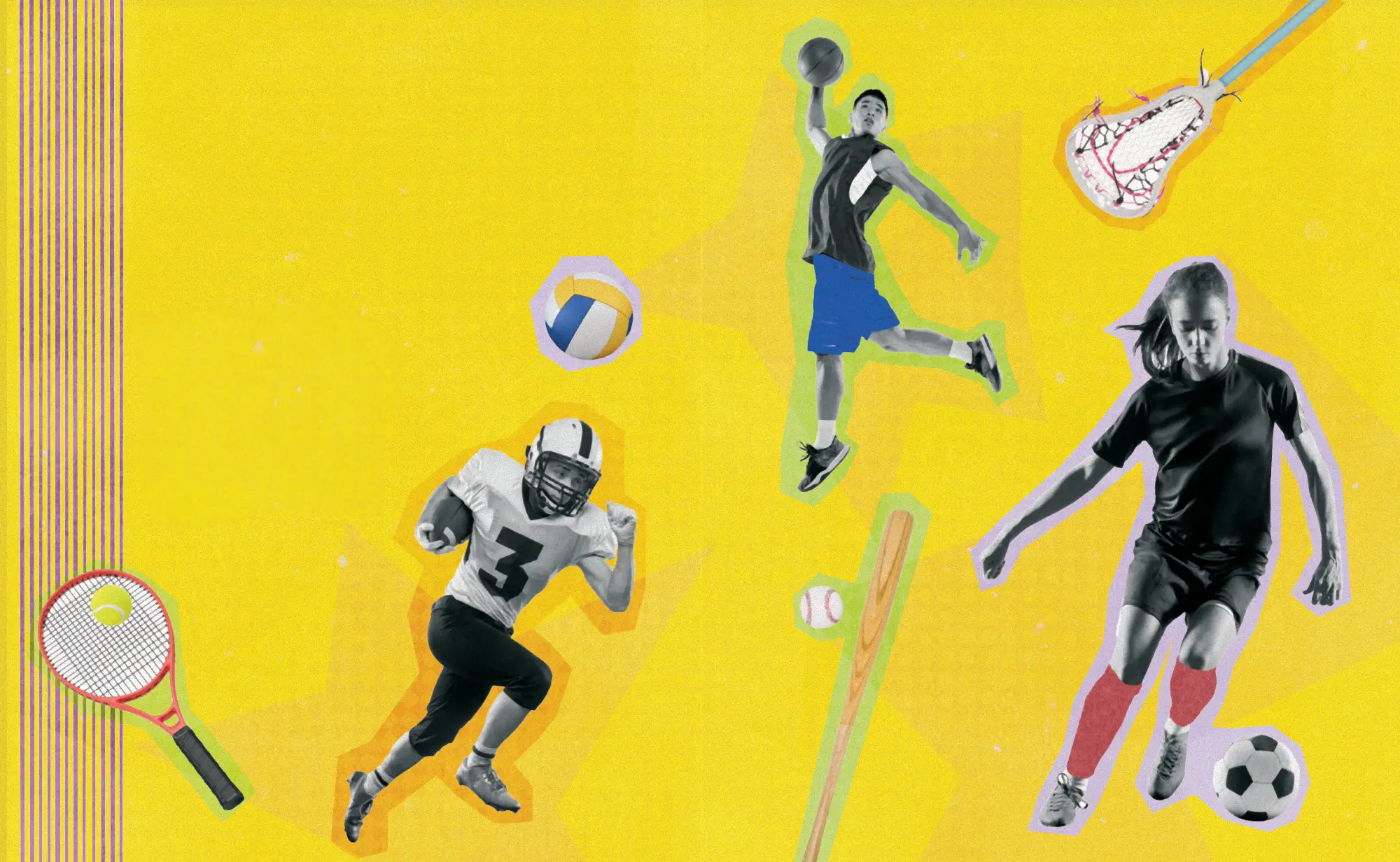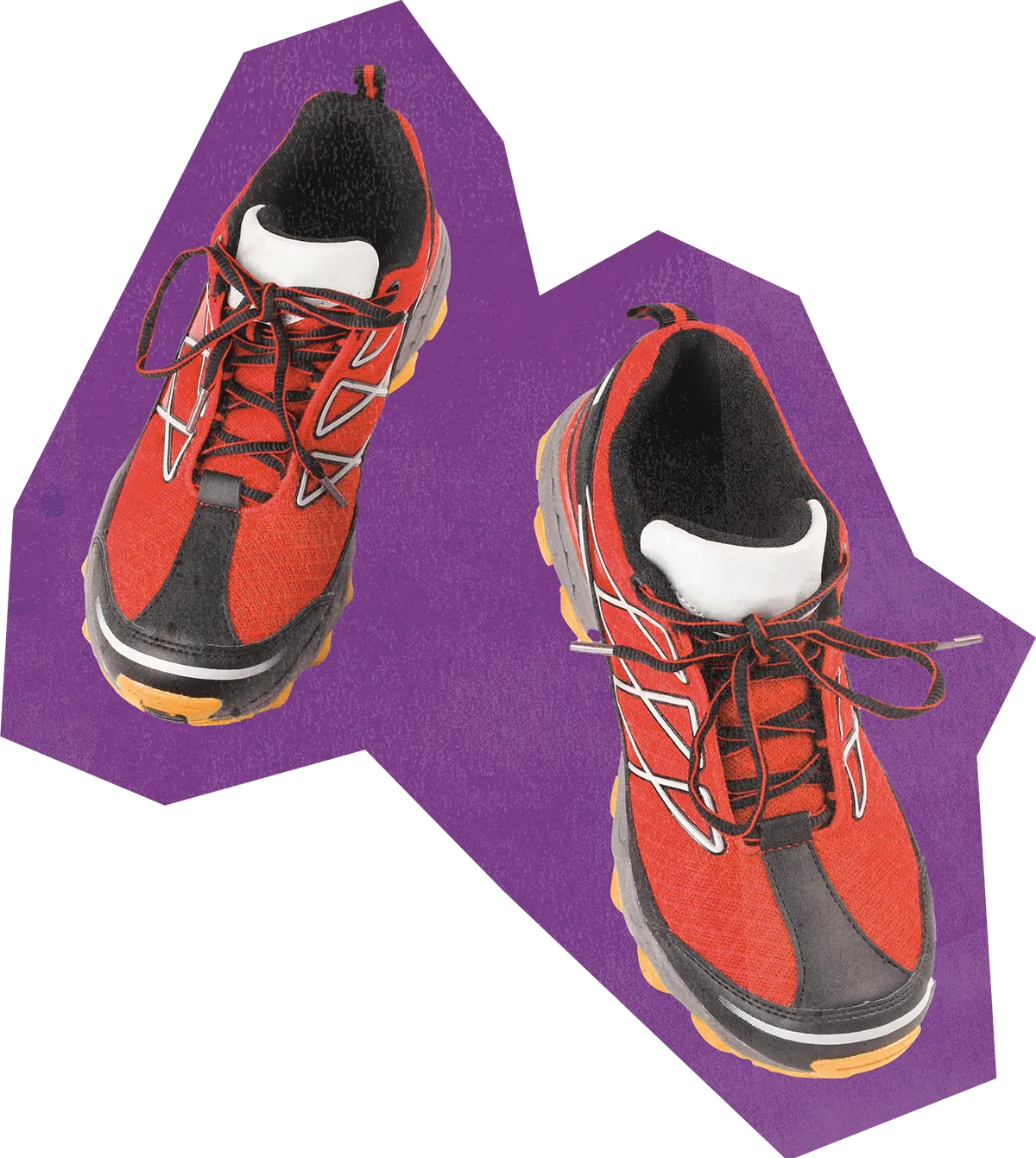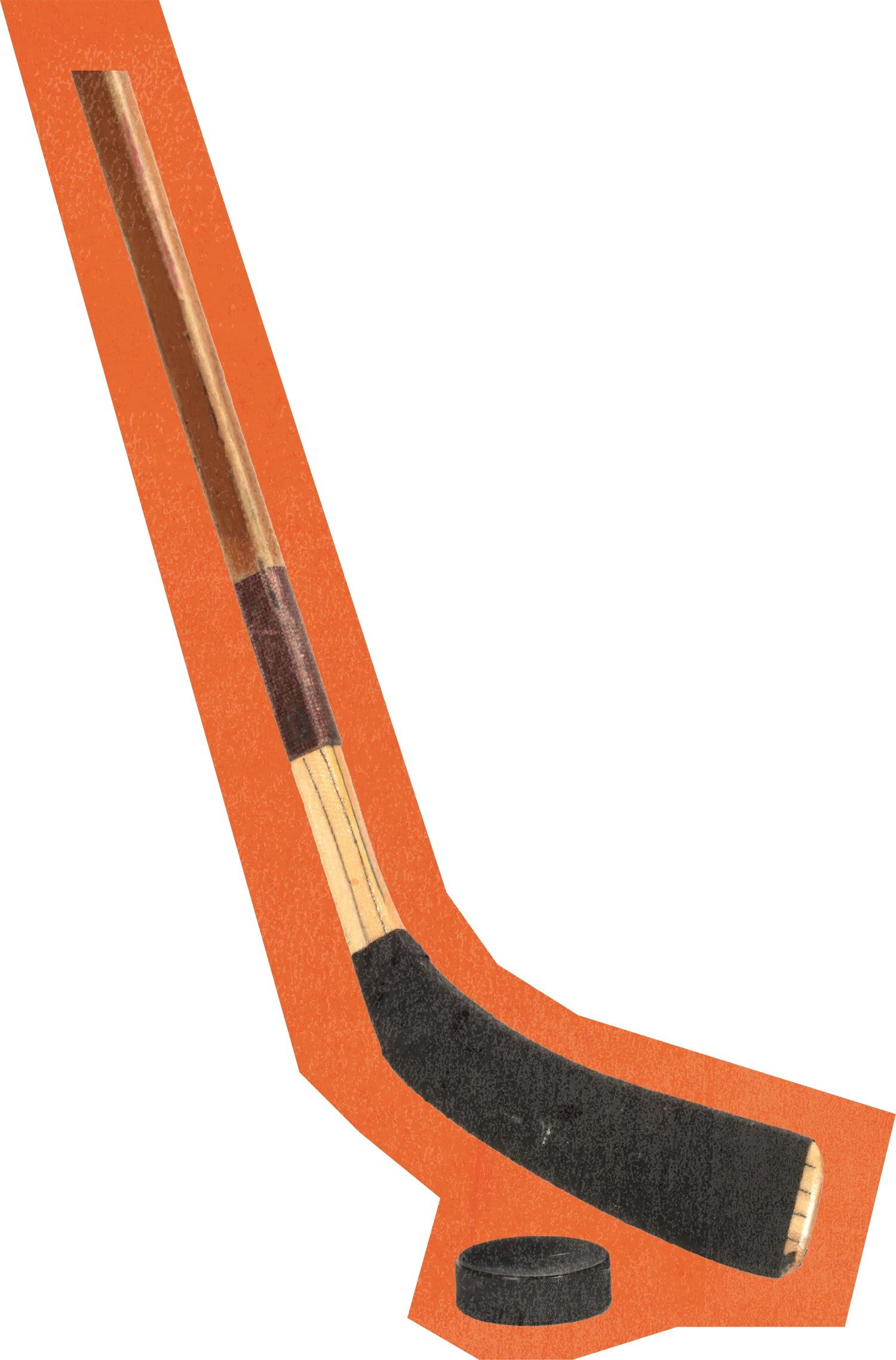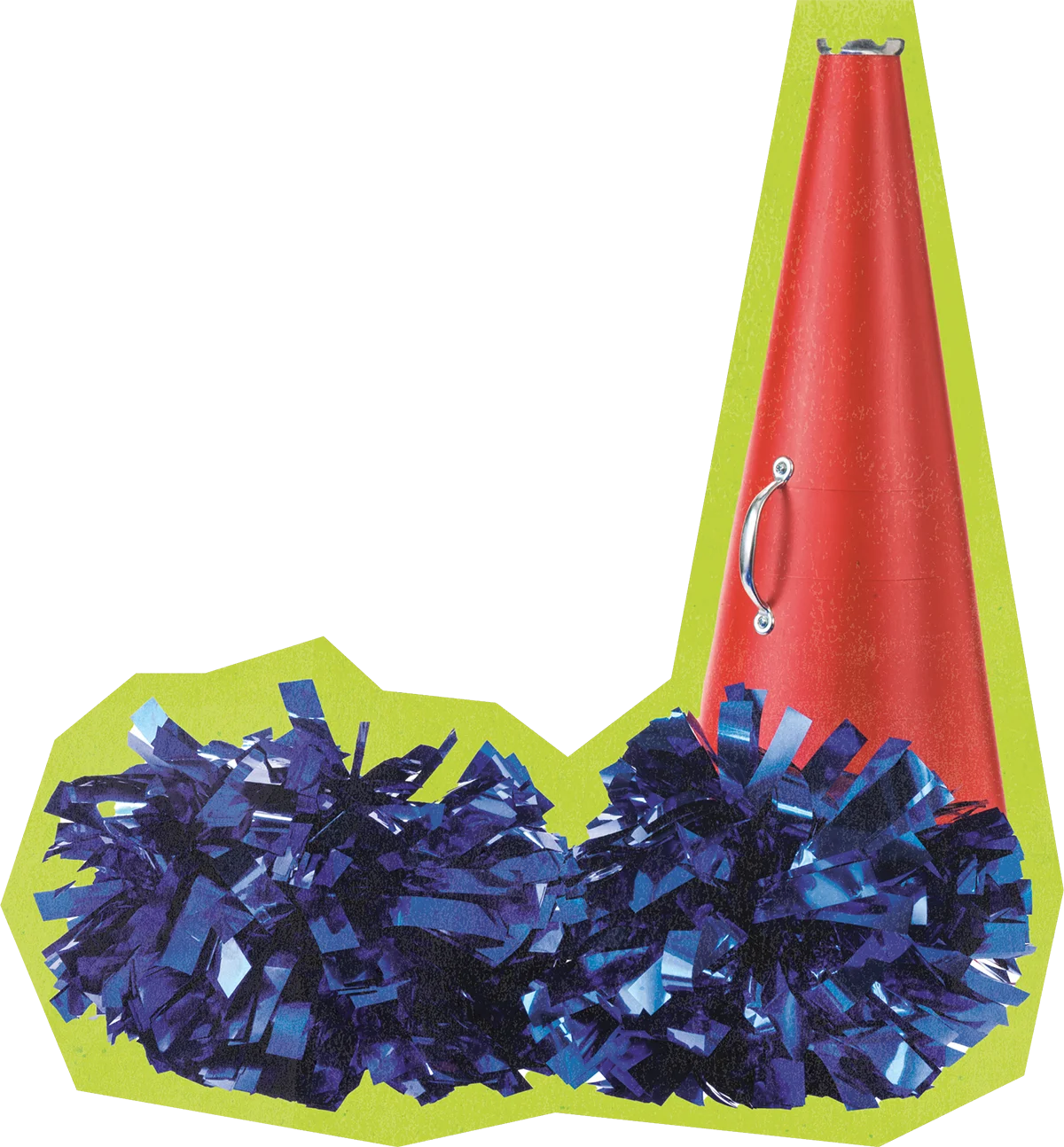
athletics benefit student well-being
Sports participation has been associated with increased school engagement, positive academic outcomes and various mental and physical health benefits for young people.
While local educational agencies attempt to tackle these issues on the heels of the pandemic, athletic opportunities may be one solution that is already available in their schools.
necdotally, we hear from our schools that their student athletes have better grades, they have less disciplinary incidents, and they come to school more often … We obviously have minimum restrictions of a 2.0 grade point average to participate, but most of our athletes will exceed that because of the things they learned from sports: the discipline, the perseverance and the time management skills,” said Ron Nocetti, the California Interscholastic Federation’s (CIF) executive director.
Organized under the California Department of Education, CIF is the state’s governing body for high school sports. Participation in high school programs hit a high of more than 815,000 athletes in 2019–20 and rebounded to nearly 807,000 by 2023–24, according to the organization.
The State of Play 2024 report, which drew on federal data from 2022, found that 51 percent of Californians ages 6-17 had played on a team or took lessons in a sport. The national average in 2022 was 54 percent. By 2030, the federal government aims to have a national youth sports participation rate of 63 percent.


New options, like esports and girls flag football, are being rolled out at campuses across the state with the potential to draw in students who are not currently involved.
In 2019, the American Academy of Pediatrics released a report on organized sports for children and adolescents that highlighted potential benefits, such as development of motor skills, life skills and emotional regulation; fewer depressive symptoms; better physical fitness and weight management; more confidence; higher academic achievement; and greater interest in school. Establishing social skills, a sense of self and feelings of belonging are among other benefits.
“We’ve developed a new mission statement over the last few years and what we talk about now is the importance of high school sports providing student athletes with an opportunity to belong, connect and compete,” explained Nocetti. “I think that tells you everything you need to know about the benefits of high school sports. It gives each student a place where they feel like they belong, they have a connection with their teammates, with their coaches, with the school community, and they have the opportunity to compete in sports.”
The program connects individuals with intellectual disabilities (athletes) and those without (partners) to train and compete together on sports teams, according to the Special Olympics Southern California website.
“This fits in line with our Equity and Inclusive Practices Initiative,” said Charles Brown, the COE’s director II, equity and inclusion. “When I came on board with RCOE back in 2019 and saw the work that was happening, I was really excited about how our scholars were working with our disabled population to really make them feel a part. And when you hear the stories of how our students feel connected to school and connected to the student body, of course it’s something you want to jump on board with.”
Blake English, a Special Olympics Southern California program director, said he began meeting with the COE before the pandemic, but things came to fruition as students returned in person. They used a phased approach to roll out programming to schools in local districts and now have offerings at all grade levels. The COE and Special Olympics Southern California are looking to expand in the future to have more inter-county and multi-county collaboration.
English added that students decide which sports they want to incorporate based on interest and available facilities — noting that activities run the gamut from competing in cornhole during lunch periods to facilitating Unified Track and Field meets (CIF-sanctioned events) to cheer.
Special Olympics Southern California offers training and support in creating more inclusive environments through Unified Champion Schools (which consists of three interconnected components: unified sports, inclusive youth leadership, and whole school engagement to foster positive school climates). Oftentimes the inclusive youth leadership clubs are the ones recruiting and promoting unified sports pursuits and pushing for school pride.

Parents, board members, school leaders and the community as a whole also celebrate inclusive sporting events and celebrate students’ success.
“Escondido Union School District’s esports program is 100 percent inclusive with all sixth through eighth graders invited to participate,” said Rick Oser, the district’s director of teaching and learning. “In addition, students with disabilities who might need accommodations are invited to participate and any necessary accommodations are provided. We have two seasons with both ending in a districtwide championship.”
The district launched its middle school esports program in fall 2023 as a competitive alternative to traditional sports that also introduces students to career possibilities.
“A significant part of EUSD’s esports program is to introduce students to the many careers associated with esports. Students participate in lessons focusing on careers in the gaming industry,” Oser said. “Our gamified approach allows students to earn points by completing lessons combined with gaming performance to determine which students compete in the districtwide championships. The top 10 students from each site have a chance to compete in our districtwide esports championship held twice a year.”
Video game design and production and engineering/programming are just a few of the fields that students become familiar with.
Part of the district’s Expanded Learning Opportunities Program, Oser said initial implementation challenges included identifying the appropriate technology resources, ensuring network alignment and training teachers to serve as coaches. Esports rooms with gaming computers, shoutcaster stations and servers have been assembled or are in the works at the six participating campuses. Each team has 20-40 students with two to three coaches at a given site, making it one of the San Diego County district’s strongest after-school programs.
For now, athletes primarily compete against others in the district. “However, as this program continues to grow, we are beginning to explore opportunities outside of the district,” Oser said.
Students in the league play Mario Kart, Super Smash Bros., Rocket League and EA Sports FC (a soccer-focused game).
There are a multitude of similarities between esports and traditional sports, Oser said, such as wearing uniforms on game days and building team camaraderie.
“EUSD has observed many positive outcomes as a result of the esports program including increased attendance, school connectedness, family engagement and sportsmanship,” Oser explained.
LEAs have a variety of platforms to choose from, though Escondido Union SD utilizes the esports company Elite Gaming Live. CIF endorses esports as an activity and has resources on its website, according to Nocetti. They partner with the Network of Academic and Scholastic Esports Federations.
Another sport that is growing in popularity is girls flag football, which CIF’s Federated Council unanimously voted to sanction on Feb. 3, 2023. Nocetti said more than 10,000 girls participated in 2023–24 and they’re expecting to see that number climb.
“[When] we introduced flag football, there was a worry that it might take away from other sports, but we saw growth in pretty much every single other girl sport offered in the fall,” Nocetti added. “It just meant that we are seeing more girls participate and not necessarily drawing away from other sports.”
In Washington Unified School District’s River City High School, 2024–25 was the first year that girls flag football was offered. Athletic Director Brittany Adame said more than 55 athletes tried out for the team’s 20 spots and overall, the season was a positive experience. The main challenge associated with the sports’ rollout at the Yolo County school was scheduling practice times on the fields with other fall athletics.
She encouraged other schools to start teams “to help more girls get involved in athletics.”
That is also a priority of CIF’s, which approved girls beach volleyball in 2022. Both “are a big push on our part to really emphasize the participation numbers of our female student athletes,” Nocetti said. “We see roughly 100,000 fewer girls playing sports than boys in our state, primarily due to the fact that we have almost 90,000 boys playing football … As far as we’re concerned, that number isn’t a reason for us to have fewer girls. It means we need to continue to push to advance sports for girls in either adding new sports or adding numbers to our current sports.”
Despite these additions, CIF doesn’t sanction new sports often. To do so, members will typically identify an interest in their area, propose it at the school and league levels and then their CIF section before it goes before the state.
“In the central part of the state right now, there was a discussion at one of their board meetings about bowling, which many other states have as a high school sport,” Nocetti said. “So those things come up and we have a process on our website that our schools can follow for how to introduce a new sport.”
Nocetti noted that school sports programs serve an important role as they are one of the last free (or low-cost) program options families can take advantage of.

CIF mirrors the majority of these laws in its Constitution and Bylaws and details their implications in an annual booklet. Schools serving any grade levels may find those documents helpful as well as a number of resources the organization has available for education leaders, athletes and their families online, covering topics like sports medicine, equity, mental and physical health, interaction with club sports and more.
Due to a rise in inappropriate actions at games, CIF released materials on sportsmanship and fan behavior.
“One of the things that we’re seeing too often now at high school athletic events are, frankly, adults that don’t know how to behave and think it’s okay to act at a high school contest like they can act at a professional game … We introduced toolkits to help our schools learn how to prevent these things from happening to begin with,” Nocetti said. “Same with discriminatory behaviors that unfortunately we see sometimes … so we developed a brief course for all coaches and administrators on how to prevent these things and also how to address them appropriately when they do happen.”
Public Service Announcements featuring actual student athletes, available in both video and audio format, are an example of materials that can be used to remind everyone present at a game what is expected of them.
“Many of our schools have taken this idea and replicated it with students from their own school to use,” Nocetti said. “We have a lot of high schools now that play this before every contest.”